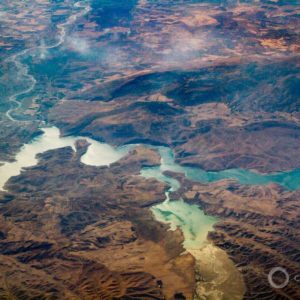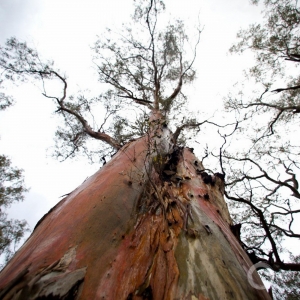Federal Water Tap, January 6: EPA Science Advisers Criticize Agency’s Clean Water Act Revision
The Rundown
EPA independent science advisers say WOTUS rewrite ignores science. A bill to regulate PFAS chemicals under the Clean Water Act is introduced in the House. The USGS analyzes shoreline changes on Alaska’s northern coast. And lastly, the House begins the year by debating a bill to regulate PFAS in drinking water.
“The [Science Advisory Board] finds that the proposed revised definition of [Waters of the United States]…decreases protection for our Nation’s waters and does not support the objective of restoring and maintaining ‘the chemical, physical and biological integrity’ of these waters.” — An independent EPA science advisory group’s draft assessment of the agency’s proposed definition of the scope of the Clean Water Act.
By the Numbers
$200 million: Grant funding that would be available to communities to help pay the cost of installing new water treatment technologies to remove PFAS chemicals. The funds are part of a bill that the House is scheduled to take up this week.
News Briefs
Science Advisory Group Pans EPA Clean Water Act Maneuver
The Trump administration’s attempt to re-write a bedrock water pollution law is “in conflict with established science” and contradictory to the goals of the Clean Water Act.
That is the conclusion in a draft assessment from the EPA’s Science Advisory Board, an independent group of experts that advises the agency on the scientific basis for policymaking.
Nearly a year ago, the EPA and Army Corps of Engineers published a draft proposal that would significantly limit the number of waterways that are protected by the Clean Water Act.
In writing that proposal, which excludes many waterways that were previously accorded protection, the EPA ignored scientific evaluations that its own scientists completed during the Obama administration while offering no compelling justification for ignoring them, the advisory board argues.
The advisory board will discuss its findings and take public comments during a teleconference on January 17. Here is the agenda, and here is the dial-in information. To make a comment during the teleconference, email Thomas Armitage (armitage.thomas@epa.gov).
PFAS Bill
The discharge of PFAS chemicals by industrial facilities would be regulated under a bill introduced last week in the House.
Rep. Chris Pappas (D-NH) introduced the Clean Water Standards for PFAS Act, which would require the EPA to set pre-treatment and effluent standards for the two most well-known substances in this class of chemicals: PFOA and PFOS.
Studies and Reports
Alaska Shoreline Change
The U.S. Geological Survey used historical surveys and aerial images to assess shoreline erosion and accretion over the last seven decades along Alaska’s northern slope.
Establishing baseline data is important, the researchers say. Sea ice has traditionally protected Alaska’s Arctic shores from erosion for nine months of the year. But with warming temperatures, that buffer is quickly melting. Shoreline changes are expected to accelerate.
On the Radar
Congress is Back and Water Is on the Agenda
Congress returns from the holiday break with a busy schedule.
On January 7, the House Rules Committee will set the terms of debate for a bill that would regulate PFAS chemicals under several federal statutes.
The PFAS Action Act would require the EPA to designate two PFAS chemicals (PFOA and PFOS) as hazardous substances, a move that would trigger legal responsibilities for environmental cleanup. The bill would also force the EPA, within two years, to issue national drinking water regulations for at least PFOA and PFOS. Money is part of the equation, too: authorizing $200 million over two years for a grant program to help utilities with the cost of PFAS treatment.
On January 8, the Senate Environment and Public Works Committee discusses non-point water pollution. State officials are expected to testify.
On January 9, the House Transportation and Infrastructure Committee holds a hearing to gather input for the next water resource development bill. The legislation is typically renewed every two years and sets the course for funding locks, dams, levees, and other water infrastructure needs.
Federal Water Tap is a weekly digest spotting trends in U.S. government water policy. To get more water news, follow Circle of Blue on Twitter and sign up for our newsletter.
Brett writes about agriculture, energy, infrastructure, and the politics and economics of water in the United States. He also writes the Federal Water Tap, Circle of Blue’s weekly digest of U.S. government water news. He is the winner of two Society of Environmental Journalists reporting awards, one of the top honors in American environmental journalism: first place for explanatory reporting for a series on septic system pollution in the United States(2016) and third place for beat reporting in a small market (2014). He received the Sierra Club’s Distinguished Service Award in 2018. Brett lives in Seattle, where he hikes the mountains and bakes pies. Contact Brett Walton





Leave a Reply
Want to join the discussion?Feel free to contribute!